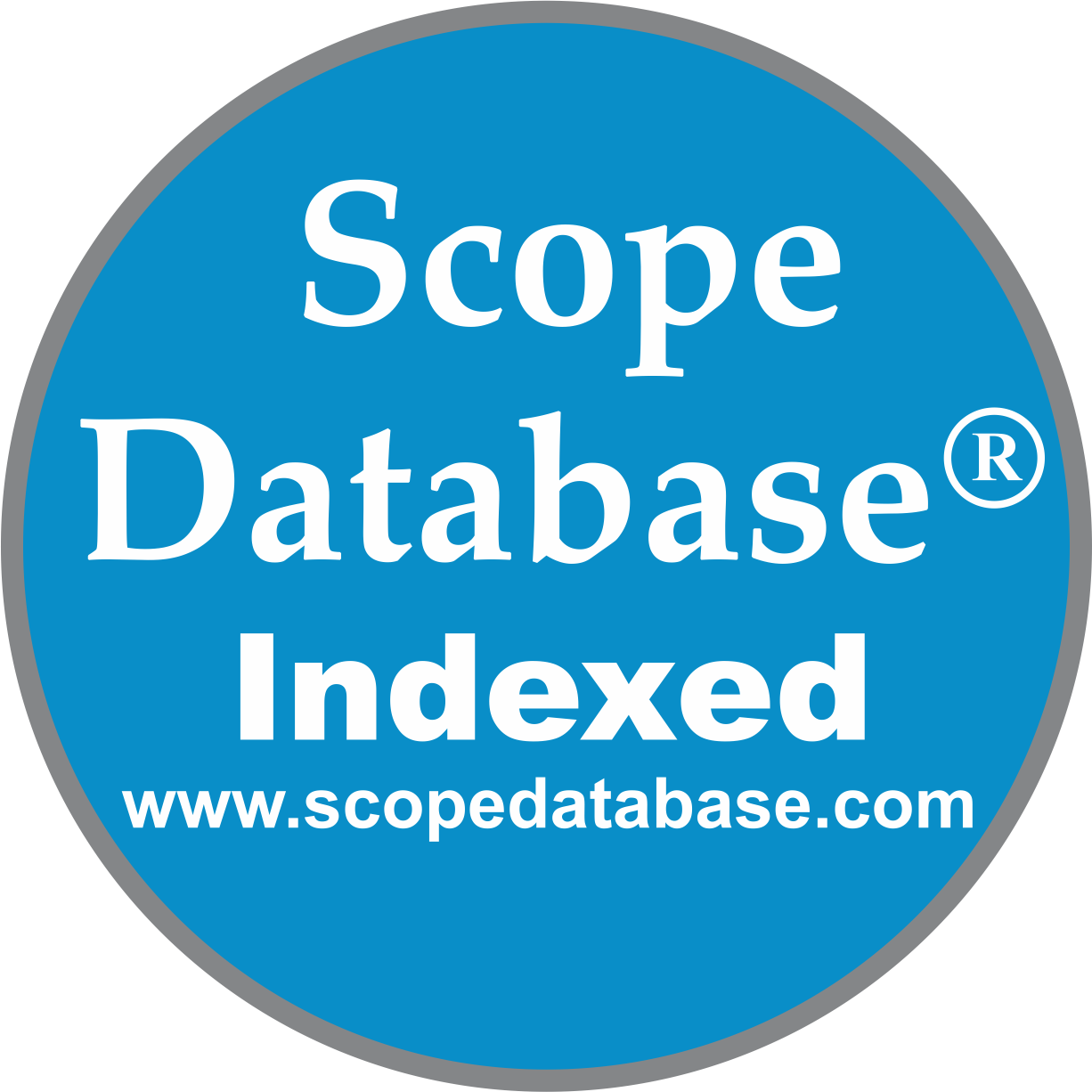
Depresif, anksiyete, somatoform ve psikotik bozukluklarda aleksitimi: Karşılaştırmalı bir çalışma
Arzu Yıldırım1, Rabia Hacıhasanoğlu Aşılar1, Tuba Hale Camcıoğlu2, Ergün Sevinç31Erzincan Üniversitesi Sağlık Yüksekokulu, Hemşirelik Bölümü, Erzincan, Türkiye2Bakırköy Dr. Sadi Konuk Eğitim Ve Araştırma Hastanesi, Psikiyatri Kliniği, İstanbul, Türkiye
3Kocaeli Devlet Hastanesi, Psikiyatri Kliniği, Kocaeli, Türkiye
Amaç: Bu araştırma depresif, anksiyete, somatoform ve psikotik bozukluğu olan hastalarda aleksitimi sıklığını karşılaştırmak ve yapı farklılığını belirlemek amacıyla yapılmıştır.
Gereç ve Yöntem: Araştırma Erzincan Devlet Hastanesi Psikiyatri Polikliniğinde DSM-IV-TR (Amerikan Psikiyatri Birliği 2000) ölçütlerine göre depresif (s=99), anksiyete (s=76), somatoform (s=37) ve psikotik (s=45) bozukluk tanısı alan ve ayaktan izlenen hastalar ile Nisan-Mayıs 2013 tarihleri arasında yürütülmüştür. Veriler iki psikiyatri uzmanı tarafından poliklinik ortamında soru formu ve Toronto Aleksitimi Ölçeği (TAÖ-20) kullanılarak yüz yüze görüşme yöntemi ile toplanmıştır.
Bulgular: Depresif hastaların %51.5inde, anksiyete bozukluğu olanların %43.4ünde, somatoform bozukluğu olanların %45.9unda ve psikotik bozukluğu olanların ise %55.6sında aleksitimik yapı; TAÖ-20 puan ortalamasının psikotik hastalarda önemli düzeyde yüksek; Duyguları Tanımada Zorluk alt boyutu puan ortalamasının ise somatoform bozukluğu olan hastalarda önemli düzeyde düşük olduğu belirlenmiştir (p<0.01). Ayrıca TAÖ-20 puan ortalamasının erkeklerde, genç ve eğitim yılı düşük olanlarda önemli düzeyde yüksek olduğu bulunmuştur (p<0.001).
Sonuç: Psikotik ve depresif hastalarda aleksitimi sıklığının daha yüksek olduğu görülmekle birlikte bütün hasta gruplarında aleksitimik yapının olduğu belirlenmiştir. Psikiyatri hemşireleri duyguları tanıma, tanımlama, ifade etme, iletişim becerileri ve içgörü geliştirmeyi amaçlayan psikososyal müdahaleler yoluyla hastaların iyileşmesinde önemli katkı sağlayabilirler.
Anahtar Kelimeler: Aleksitimi, depresif bozukluk, anksiyete bozukluğu, somatoform bozukluk, psikotik bozukluk, psikiyatri hemşiresi
Alexithymia in depressive, anxiety, somatoform and psychotic disorders: A comparative study
Arzu Yıldırım1, Rabia Hacıhasanoğlu Aşılar1, Tuba Hale Camcıoğlu2, Ergün Sevinç31Erzincan University School Of Health, Nursing Department, Erzincan, Turkey2Bakirkoy Dr. Sadi Konuk Training And Research Hospital, Psychiatry Clinic, İstanbul, Turkey
3Kocaeli State Hospital,Psychiatry Clinic, Kocaeli, Turkey
Objective: This study was conducted to compare the prevelance of alexithymia and to determine the differences in structure in patients with depressive, anxiety, somatoform and psychotic disorders.
Method: The study was carried out between April and May 2013 with outpatients who were diagnosed with depressive (n=99), anxiety (n=76), somatoform (n=37), and psychotic (n=45) disorders under the DSM-IV-TR criteria and who were being monitored and treated at the outpatient psychiatry clinic of Erzincan State Hospital. The data were collected by the two psychiatrists using the face-to-face interview method which employed a questionnaire and the Toronto Alexithymia Scale (TAS-20) in the outpatient clinic environment.
Results: It was found that alexithymic construct 55.6% of the psychotic ones, 45.9% of those with somatoform disorders, 43.4% of those with anxiety, 51.5% of the depressive patients. The TAS-20 average scores was significantly higher in psychotic patients; the Difficulties Identifying Feelings of the subscale average scores were found significantly lower in patients with somatoform disorders. Additionally The TAS-20 average scores in men, young, those with low year of education was determined to be significantly higher.
Conclusion: The study demonstrated that all patient groups have structure of alexithymia, however the prevelance of alexithymia was higher in depressive and psychotic patients. Psychiatric nurses can provide a majo r contribution in improving patients quality of life through psychosocial interventions aiming at improved communication skills and insight.
Keywords: Alexithymia, depressive disorder, anxiety disorder, somatoform disorder, psychotic disorder, psychiatric nurse
Makale Dili: Türkçe



















